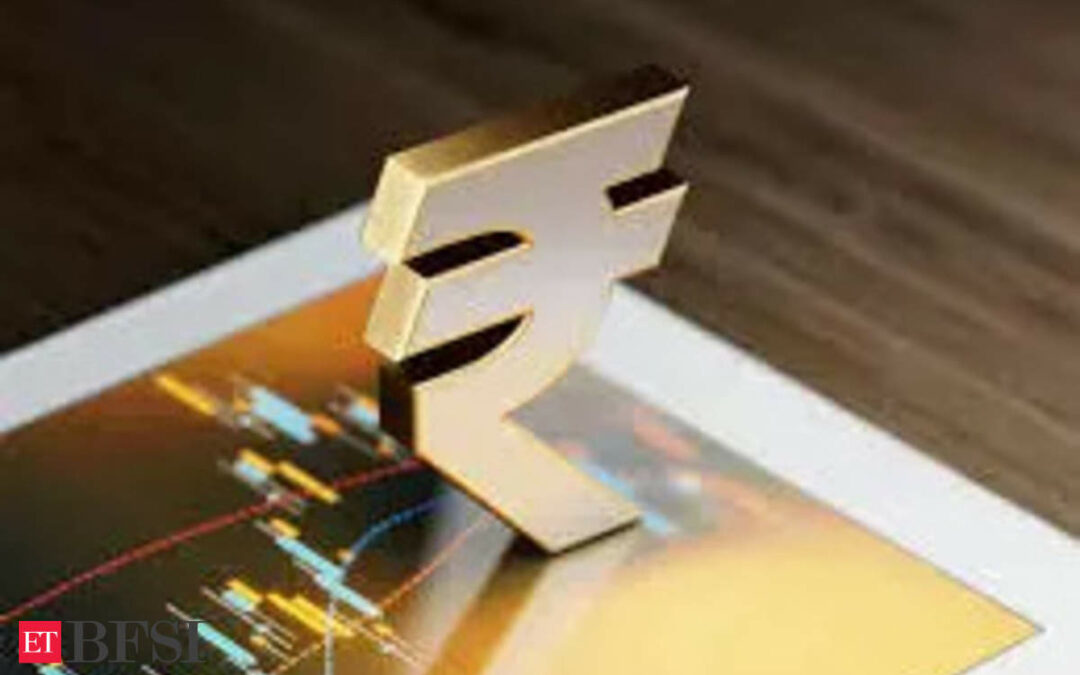India’s digital currency initiative, the e-rupee, launched by the Reserve Bank of India (RBI) as a pilot project in December 2022, has encountered significant challenges amid efforts to gain public acceptance. Designed as a digital alternative to physical cash, the e-rupee initially saw success, achieving a target of 1 million retail transactions per day by December 2023.
However, recent reports indicate a sharp decline in transaction volumes, plummeting to approximately 100,000 daily transactions from the peak, according to sources familiar with the pilot. This decline underscores the limited organic demand for the e-rupee, with some attributing ongoing transactions largely to banks disbursing employee benefits using the digital currency.
The RBI’s push to elevate transaction volumes, including incentives for retail users and salary disbursements through the e-rupee, has tapered off since late 2023. Despite ambitions to test the system’s scalability and resilience, the current focus remains on technology testing and use case development rather than rapid expansion of the pilot.
Globally, central banks experimenting with central bank digital currencies (CBDCs) have encountered mixed results in fostering widespread adoption. Observers note that to encourage adoption, CBDCs may need to demonstrate added value compared to traditional cash transactions.
The RBI has not responded to requests for comment on the current status of the e-rupee pilot, and specific data on retail transactions via the digital currency remains undisclosed.
Wholesale CBDC
On the wholesale CBDC front too, its application in government securities remains limited to secondary market transaction settlements, according to reports.
Both pilots involve nine banks, with State Bank of India, Bank of Baroda, Union Bank of India, HDFC Bank, ICICI Bank, Kotak Mahindra Bank, YES Bank, IDFC FIRST Bank, and HSBC participating in the government securities pilot. The call money pilot, launched in October 2023, includes Federal Bank instead of HSBC. However, the user base has not expanded, and transaction volumes have declined.
The hurdles
The e-rupee’s use in government securities is reportedly cumbersome. Transactions are settled on a gross basis in ‘T+0’ mode, introducing additional steps compared to the more streamlined net settlement in ‘T+1’ mode on the RBI’s Negotiated Dealing System – Order Matching system.
RBI data indicated that government bonds were traded using the e-rupee pilot only three days in May, following a fortnight of inactivity. Daily trades over the past year have been minimal, with banks often trading token amounts at the RBI’s insistence. In April, transactions through the digital rupee pilot in government securities totaled only 400 million rupees, a sharp decline from the peak of nearly 5 billion rupees daily in November 2022.
The call money pilot’s trade volumes have not been disclosed, but estimates suggest they represent about 10% of the call market’s daily volume of over Rs 10 billion. The call market pilot has seen more activity due to its alignment with the real-time gross settlement in ‘T+0’ mode used by the Clearing Corporation of India.
Looking forward, the RBI plans to explore new instruments like commercial papers and certificates of deposit in future pilots, alongside security tokenization features. However, the secondary market for these instruments is not very active, raising concerns about the viability of such pilots. The RBI may also need to diversify e-rupee issuance beyond banks to include mutual funds and primary dealerships, posing a new technical challenge.











